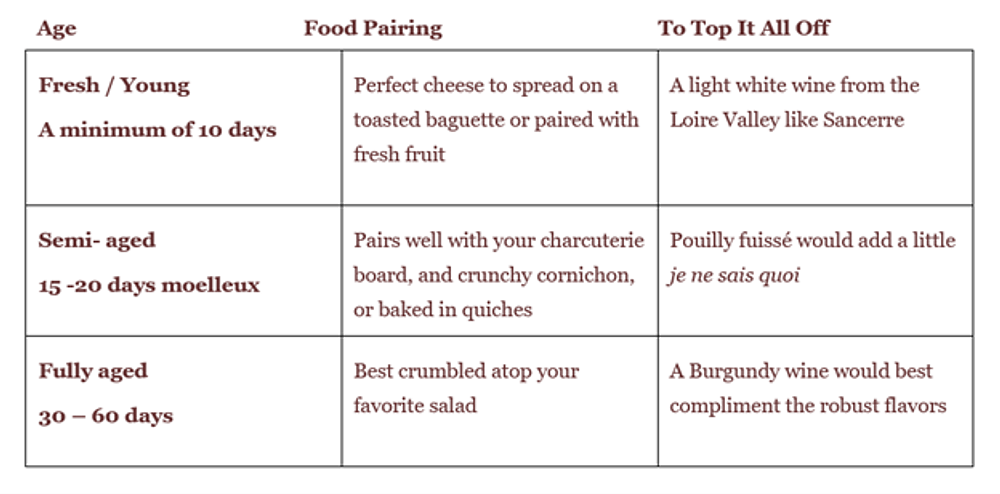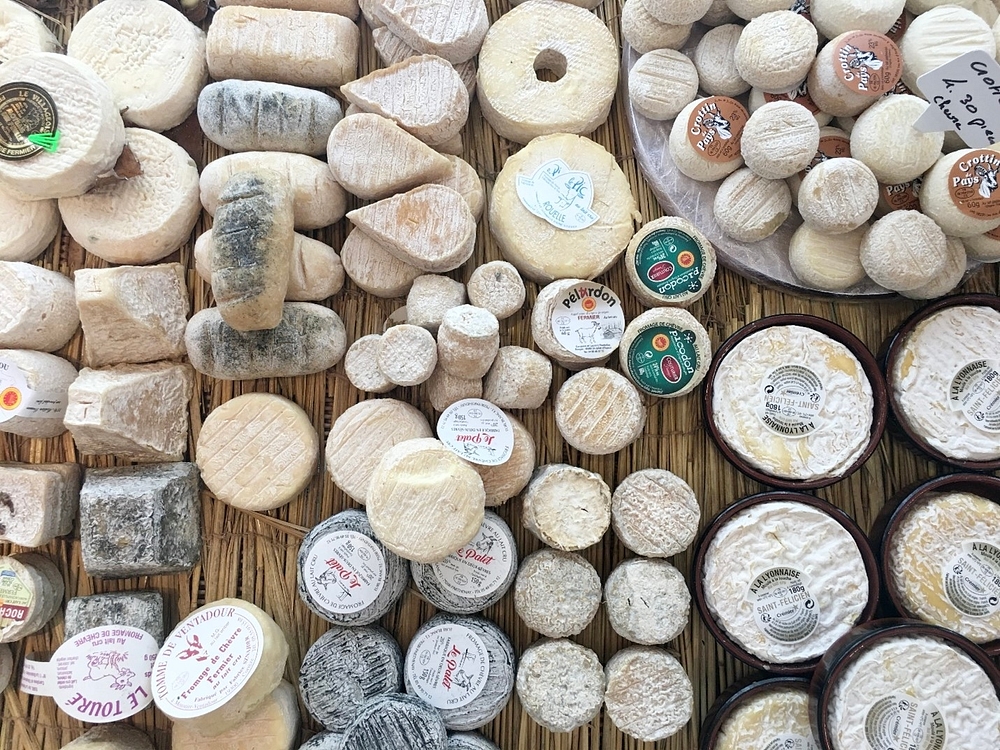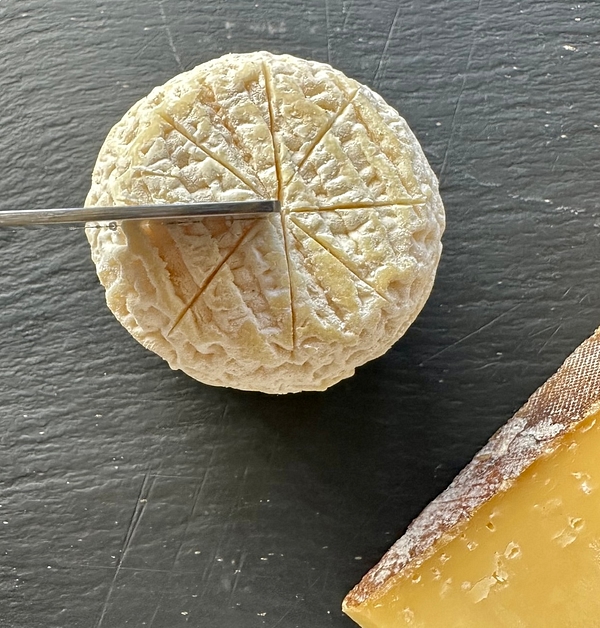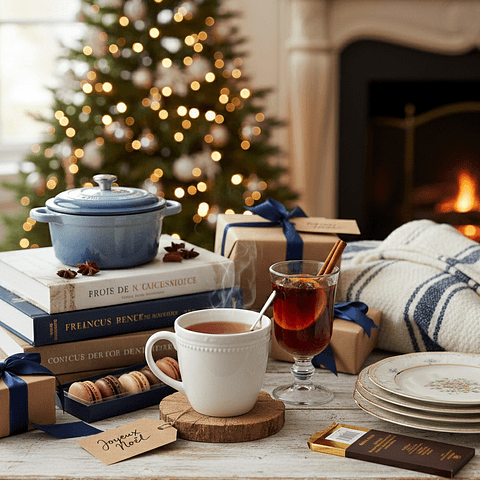This cheese originates from the gorgeous Loire Valley, which is in central France and just a couple of hours away by train from Paris if you’re considering a day trip. It’s one of the country’s most famous gastronomical regions, 60% of France’s AOP goat’s milk cheeses are made here, as are some incredible wines (a match made in heaven if you ask us)!
Chavignol is a tiny village in France, with only a few hundred inhabitants, but they’ve certainly made a name for themselves with this well-known and well-loved cheese. There is plenty of debate about where the name of this cheese comes from… (if you’re feeling sensitive, ignore the next few lines) there is some suggestion that it comes from the French word crotte which means animal dropping, which is the kind of resemblance it takes on throughout the aging process until the point it becomes harder and takes on a brown exterior. Food for thought!

Like the rest of our favorite French cheeses, this one is also protected by AOP status which means there are strict standards of production. It must be made from the raw milk from alpine goats which are distinguished by their glossy brown coats. People can tend to shy away from chèvre, often because they’re not familiar with the looks or flavors but don’t be deceived, the Crottin de Chavignol is a great place to start for trying something new!
One of the great things about this cheese is that it can be eaten all the way through the aging process – young or old, it will still taste great, and it picks up more pronounced flavors as it develops. Initially, the fresh cheese is shaped into a flattened cylindrical form inside a mold, after being rinsed and salted, before being matured for a few weeks in a cellar. At this stage, the taste of the Crottin de Chavignol is clean and nutty while the outside appearance is pale. Under its AOP status since 1996, it is matured for a minimum of ten days.
Your guide to indulging Crottin de Chavignol at all stages in the aging process!

It takes on a stronger smell around 6 weeks into the aging and the outside croûte hardens and darkens. During the aging process it loses about half its original size! At its most mature, the cheese takes on a natural bluey-white mold on the outside and the flavors become powerful, losing any notes of floweriness and developing rich flavors of hazelnuts and walnuts.
As much as the French are serious about their cheese, they are just as serious about how it is cut! Each cheese in France has a special way that it is cut to avoid one person being left with a less-than-ideal piece!
For circular cheeses, like the camembert and coulommier, you start in the center and work your way out. The Crottin de Chavignol should be cut the same way but as it is a smaller cheese be sure not to over-cut it, especially with aged Crottin as it can start to crumble!

Be brave and happy tasting!

